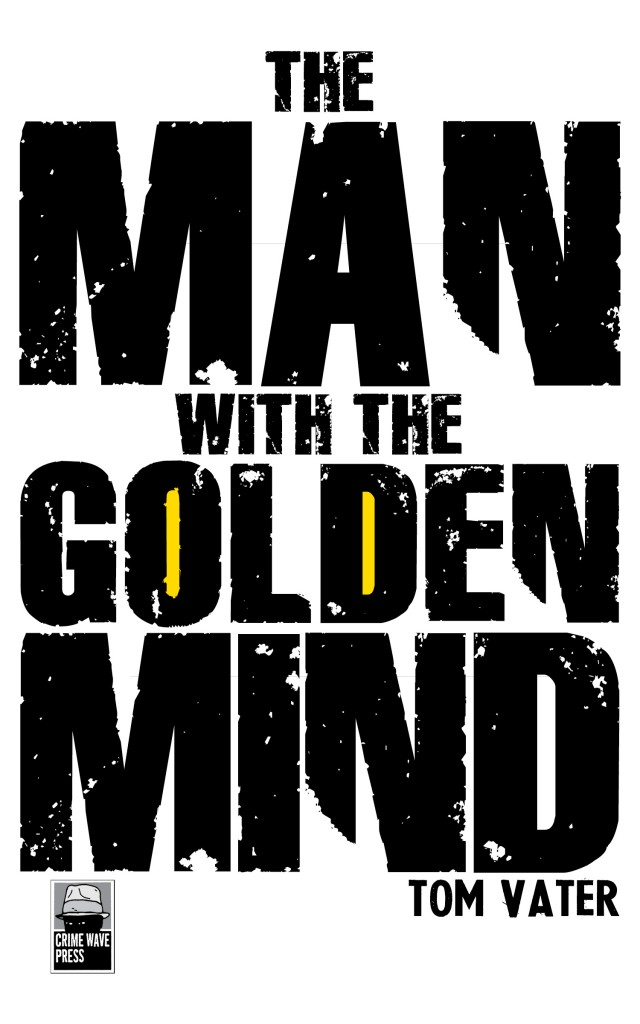My close friend, my favorite American, sometime photographer and fellow traveler, Scott Nicholson died a little over a year ago.

About a decade ago, Scott and I and my then wife Aroon traveled through Laos together. One of the locations we visited was the Buddha Park near Vientiane, a neglected unruly collection of concrete sculptures in a dried-up garden areal on the banks of the Mekong twenty kilometers outside the capital Vientiane.
I used the spot as a location for a scene in my second Detective Maier novel, The Man with the Golden Mind, which was set in Laos among the detritus of the USA’s covert war in the country in the 1960s and 1970s.
The opening of the scene is pretty much how we experienced the moment:
Weltmeister and Maier left the car behind a shack by the side of the main road and walked through a dry rice paddy. The morning mist hung above the sluggish Mekong like a gray blanket. The water level was low. The monsoon floods had gone. The fields on the riverbanks were covered in dew. It was cold despite the first rays of milky sunlight that washed over the untainted landscape. Mornings in Asia had an ethereal quality. The crimes and defeats of the previous day had been forgotten. The hope for the coming day remained intact. Village girls wrapped in sarongs carried steel pots and bags of washing along the riverbank, giggling and shouting quietly as only girls in Laos would, their long raven-black hair trailing behind them, giving them the solidity of feys. A couple of buffaloes ambled across the fields on the opposite side, dark and solid shapes heading for the water’s edge. No traffic noise, no loudspeakers, nothing but bird calls and the laughter of the girls penetrated through the mist and lent the scenery a dignity that was unlikely to survive the day. Laos could be that way, timeless, unhurried, busy with a quiet sensuality that was all its own.
A huge bird-like creature loomed out of the mist. A fierce stone garuda, some fifteen meters high, its wings spread wide, stared at them with an expression of overbearing authority. Maier had never seen a statue so impatient.
Mikhail had suggested meeting away from the capital at Xieng Khouang, an otherworldly collection of gigantic religious sculptures, constructed in the late Fifties and located in an overgrown park. The eccentric founder of this sacred medway, a self-proclaimed yogi, had combined elements of Buddhism and Hinduism to forge his own popular cult. When the communists took over, the yogi escaped across the Mekong to build another Buddha park in Thailand. His sculptures, some of them twenty meters high, lingered as ghostly reminders of more magical times.
Even at the very first light of day, several old women had already lined up along the broken fence around the property, selling freshly steamed khao tom – sticky rice mixed with black beans and banana, wrapped in banana leaf. With toothless smiles and hopeful eyes, they told Maier that the two men were the first visitors this morning. They showed no surprise or interest in the heavy black canvas bag that the older man carried.
Maier pointed an imaginary camera at them and clicked off a couple of shots. The snack sellers laughed at his antics and settled back behind their produce.
The two men drifted into the park. They passed a giant reclining Buddha, a fierce Shiva, and a garish Rahu which sat amidst countless human and animal shapes that rose out of the knee-high grass. Skeletons danced and frogs cowered, warriors mauled mythical creatures, and ladies bowed their heads in prayer. It was easy to become disoriented amongst the sculptures; many were virtually identical. As the sun rose, the lingering fog sustained the labyrinthine ambience. They reached a bulging pumpkin-shaped edifice that rose from dry grass in the center of the park. Weltmeister and Maier entered through a circular doorway and ascended three levels of narrow, damp stairs to the top of the construct. From here they had a perfect view over most of the area.

Last week, I found myself back in Laos. With Scott in mind, a decade since my last visit, I returned to the Buddha Park – it’s been rehabilitated into a neatly laid out flower garden with stone pathways. One has to pay to get in. There are shops and a restaurant. There’s even a field of sunflowers and some plastic benches in the shapes of bunnies and baby chicken. The world has been a little more tamed since Scott and I dropped by. But the statues remain as eerie as ever. I didn’t offer prayers. Instead I shared a smoke with Charlie Paradis, the way I would have with Scott, and lingered among the stones, sad that one of the greatest people I’ve had the pleasure to have shared time with was not there with me, happy that we shared many life-affirming moments, from The Andaman Islands to Cambodia, Thailand and Laos, talking politics, RocknRoll and literature for almost twenty years.
The afternoon in the Buddha Park brought all this back to the forefront of my mind. Scott gave a lot without ever intruding on anything. He was a good listener. He had a far-away look in his eyes that I loved and connected with. He had a golden mind. I miss the conversations as well as the silence we shared. I like to think he is happy to have seen me return to one of our key moments, celebrating what we then gained, mourning what I have since lost.

